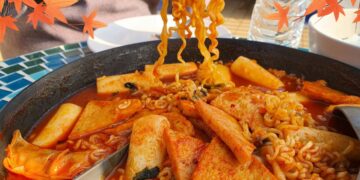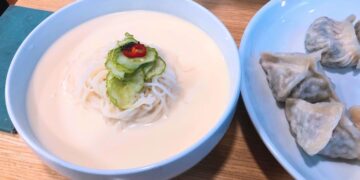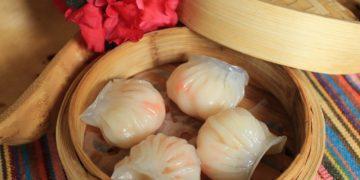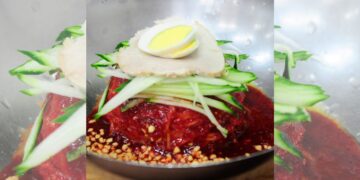Last Updated on 1 month by admin
Discover how Korea’s 2025 Blue Ribbon restaurant rankings are shaping the nation’s culinary tourism strategy, regional growth, and global dining reputation.
Each autumn, food insiders and travelers alike await the release of the Blue Ribbon Survey, Korea’s most trusted dining guide. What began as a domestic restaurant rating system has evolved into an influential benchmark shaping culinary reputations, investment, and tourism strategy.
The 2025 edition, unveiled this week by Chosun Ilbo, highlights how Korea’s dining scene is maturing beyond Seoul’s Michelin-star focus. More regional establishments earned top ribbons this year—an encouraging signal for policymakers aiming to decentralize tourism and spotlight Korea’s diverse local cuisines.
From Fine Dining to Food Policy
In Korea, food isn’t just culture—it’s economic diplomacy. The Ministry of Culture, Sports and Tourism has been quietly backing “K-Gastronomy” initiatives, encouraging restaurants outside the capital to enhance hospitality standards and multilingual service.
Blue Ribbon’s latest list reinforces this agenda: acclaimed restaurants now appear from Jeonju, Gangneung, Daegu, and Jeju, not just Seoul’s Gangnam and Jongno. The ratings provide third-party validation that helps local governments promote regional food tourism clusters, attracting both domestic gourmets and high-spending foreign visitors.
Culinary Excellence as a Business Driver
A Blue Ribbon recognition can transform a restaurant’s business prospects. Establishments featured in the guide report:
- 10–30% average booking increase within three months of release
- Greater inclusion in international tour itineraries and dining apps
- Enhanced visibility among hotel concierges and inbound travel agencies
For foreign visitors, the Blue Ribbon brand has become a mark of reliability, especially for travelers seeking authentic Korean dining without language barriers. Many featured restaurants now provide English menus, QR-based reservations, and digital payment systems—a sign that the industry is adapting to global expectations.
Regional Highlights from 2025’s Blue Ribbon List
(Summarized based on the Chosun Ilbo report)
- Seoul: Innovative Korean fine dining and fusion concepts continued to dominate, with establishments like Mingles and Onjium maintaining top recognition.
- Jeonju: Traditional cuisine venues emphasizing seasonal ingredients gained new acclaim, reinforcing the city’s image as Korea’s culinary capital.
- Busan & Jeju: Seafood and coastal tasting menus featured prominently, illustrating the rise of “destination dining.”
- Gangneung & Daegu: Emerging food cities noted for integrating local produce, coffee culture, and hospitality upgrades.
These selections reflect a shift from celebrity chefs to regional authenticity, aligning with the global traveler’s desire for localized, sustainable culinary experiences.
Economic Implications
Korea’s tourism planners increasingly recognize food as a soft-power export. According to the Korea Tourism Organization (KTO), food-related spending by foreign visitors rose 23% in 2024, outpacing lodging and shopping.
The government’s “Taste of Korea” campaign ties directly into such data, positioning gastronomy as a differentiator in the competitive East Asian tourism market.
Blue Ribbon’s independent credibility helps bridge the gap between local restaurateurs and international marketing channels, turning cultural authenticity into measurable economic gain.
Future Outlook
As Korea’s dining scene globalizes, we can expect more bilingual restaurant certification programs expanding nationwide. A collaboration between Blue Ribbon, KTO, and provincial tourism boards to publish multilingual editions, making it ideal for tourists. There’s also a growing interest in eco-friendly and farm-to-table listings, reflecting ESG priorities.
Ultimately, guides like Blue Ribbon are no longer just about taste—they’re about trust, traceability, and tourism economics.
Conclusion
The 2025 Blue Ribbon list offers more than restaurant recommendations—it signals how Korea’s culinary landscape is evolving in sync with policy goals and global tourism trends.
For travelers, it’s a roadmap to authentic experiences.
For restaurateurs, it’s a path to growth and global recognition.
And for policymakers, it’s proof that Korea’s food culture has become one of its strongest economic assets.
Related Posts
917 total views, 11 views today

















